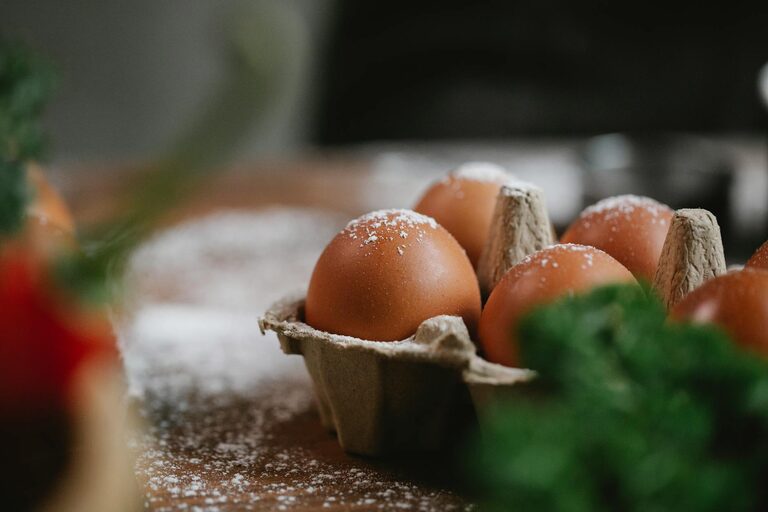Planning meals from pantry staples is a smart way to save money, reduce food waste, and simplify your cooking routine. Your pantry likely holds a variety of ingredients that can be combined in multiple ways to create tasty, nutritious dishes without needing to run to the store every time you’re hungry. Whether you’re new to meal planning or looking to make the most of what you have, this guide will help you organize, plan, and prepare meals using your pantry essentials.
Why Plan Meals from Pantry Staples?
Using pantry staples for meal planning offers several benefits:
– Cost savings: Buying items in bulk and using what you have cuts down on grocery bills.
– Convenience: Having a plan based on pantry items makes mealtime quicker and less stressful.
– Reduced waste: Planning meals around what you already own means less chance of food expiring unused.
– Creative cooking: Pantry staples can inspire you to try new recipes and combinations.
Step 1: Take Inventory of Your Pantry
Before planning meals, start by knowing what you have.
How to Take Inventory Efficiently
- Clear your pantry shelves and sort items by type (grains, canned goods, spices, etc.).
- Check expiration dates to identify what needs to be used soon.
- Make a list grouped by category: pasta, rice, beans, canned vegetables, sauces, baking supplies, etc.
- Note any specialty items like canned fish, nuts, or dried fruits.
- Keep this inventory list somewhere accessible, like on your fridge or a kitchen app.
Step 2: Identify Core Pantry Staples
Certain items are fantastic bases for many meals. Here are common staples:
– Grains: Rice, pasta, quinoa, couscous, oats.
– Legumes: Canned or dried beans, lentils, chickpeas.
– Canned foods: Tomatoes, vegetables, tuna, coconut milk.
– Baking essentials: Flour, sugar, baking powder.
– Oils and condiments: Olive oil, vinegar, soy sauce, mustard.
– Spices and herbs: Salt, pepper, garlic powder, chili flakes, dried oregano.
– Stock/broth: Chicken, vegetable or beef broth cubes or cartons.
Step 3: Plan Balanced Meals Around Staples
Use staples as building blocks to create nutritious and satisfying meals.
Breakfast Ideas
– Oatmeal with dried fruit and nuts: Use quick oats, add raisins or dried cranberries, and a handful of almonds.
– Pancakes or flatbreads: Use flour, baking powder, and canned coconut milk or regular milk.
– Savory breakfast bowls: Mix cooked rice or couscous with canned beans and a drizzle of olive oil.
Lunch and Dinner Ideas
– Pasta with tomato sauce and canned tuna: Combine pasta with a sauce made from canned tomatoes, garlic, and herbs, topped with tuna for protein.
– Rice and bean bowls: Cook rice and top with seasoned canned beans, a spoonful of salsa or canned corn, and olive oil.
– Lentil soup: Use dried or canned lentils with vegetable broth, canned tomatoes, and spices.
– Stir-fry with canned vegetables and soy sauce: Use cooked rice or quinoa and toss with canned mixed vegetables, oil, and seasoning.
– Chickpea curry: Combine canned chickpeas with coconut milk and curry powder for a simple, flavorful meal.
Step 4: Complement with Fresh Items When Possible
To add freshness and variety, supplement pantry staples with easy-to-store fresh ingredients like:
– Onions and garlic (great flavor boosters)
– Carrots and potatoes (long-lasting vegetables)
– Eggs (for added protein)
– Leafy greens or salad ingredients for side dishes
Step 5: Keep Recipes Simple and Flexible
The goal is to reduce stress and waste, so lean toward simple recipes that allow substitutions depending on what you have.
Tips for Flexibility
– Swap grains: Use whatever grain you have instead of the one a recipe calls for.
– Use alternative proteins: Substitute canned tuna with beans or lentils if needed.
– Adjust spices: Create flavor profiles based on available herbs and spices.
– Mix and match ingredients for variety: Combine different canned vegetables with grains and sauces.
Step 6: Use Meal Planning Tools and Techniques
Organize your meals weekly by:
– Writing down breakfast, lunch, and dinner plans based on your inventory.
– Preparing a shopping list for any fresh items or perishables you need.
– Batch cooking grains and legumes to save time during busy days.
– Using clear storage containers for leftovers made from pantry ingredients.
Bonus Tips for Pantry Organization
– Store similar items together and label shelves for easy access.
– Use airtight containers to keep dry goods fresh.
– Rotate older items to the front so they are used first.
– Keep a running shopping list to replenish essentials before they run out.
Conclusion
Meal planning from your pantry staples is an effective way to eat well, save money, and reduce waste. By taking inventory, identifying core ingredients, and being flexible with recipes, you can create delicious and nutritious meals with minimal effort. With a bit of organization and creativity, your pantry can become a valuable resource for everyday cooking.
Give it a try this week and enjoy the benefits of cooking with what you already have!

